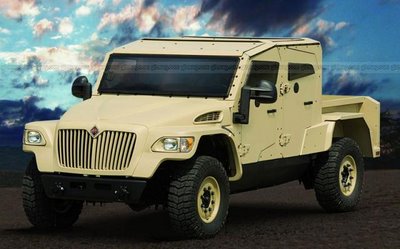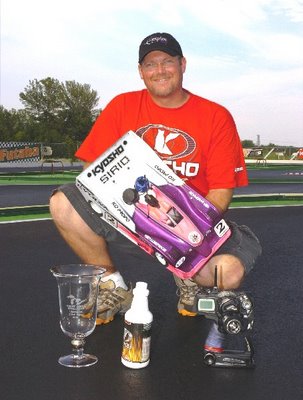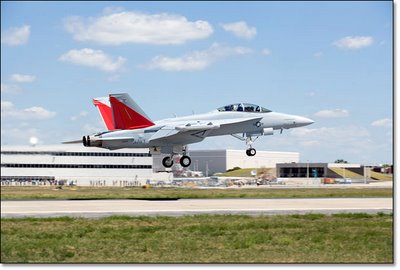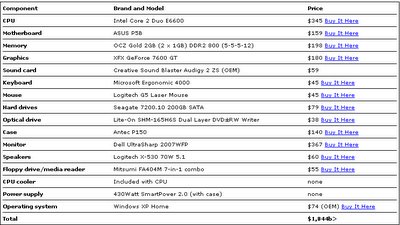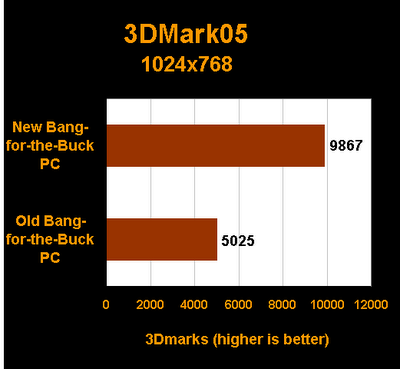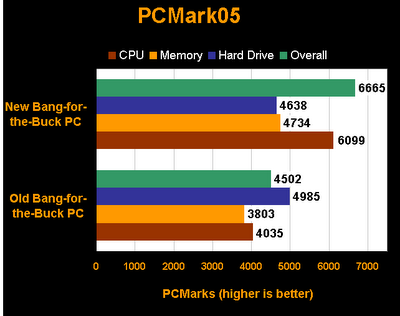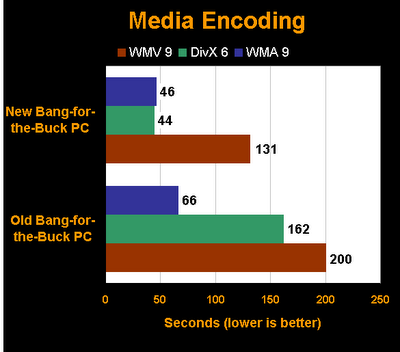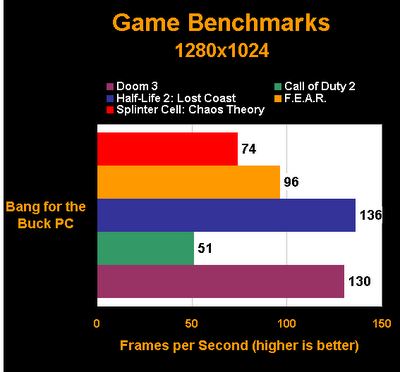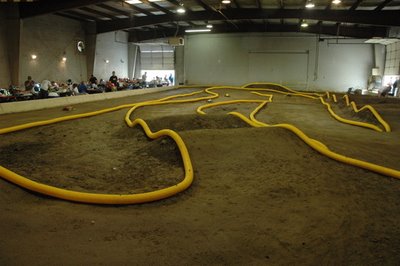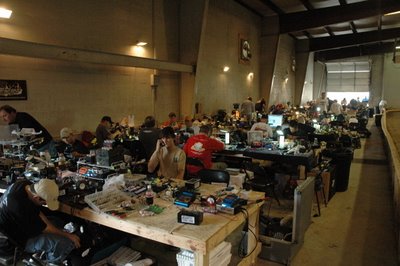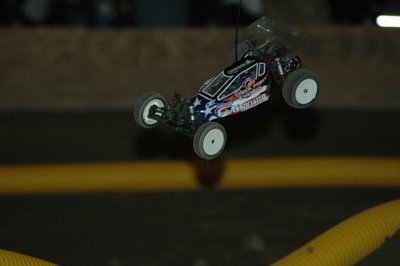Some AMD Athlon 64 X2s now 41% below Intel price/performance curve
Our price/performance curves for Intel and AMD dual-core processors are based on the latest benchmark data obtained from Tom's Hardware Guide. We've projected a performance index for these processors based on how well they perform in five distinct categories, relative to how well an old single-core Pentium 4 2 GHz CPU used to perform. This morning, we updated our data with the latest performance results in general number crunching, gaming, applications, video processing, and audio processing, with each category representing 20% of the total score. We've also added new data for two dual-core Pentium Extreme Edition series processors, the EE 840 and the EE 965.
 The new chart shows the latest results, now that the EEs have been added to the mix. In terms of performance, the EEs are the most expensive processors still on the market; in response to reader requests, we're including them in our tracking. Their addition doesn't change the fact that the Core 2 Duo and Core 2 Extreme are now the best overall performers that THG has tested thus far; in fact, the EEs actually help establish Intel's newer models as better values. At $1,107.86, the Pentium EE 840, with a performance index score of 2.11, fails to demonstrate its performance value when pitted against a Pentium D 840, with an index score of 2.04 and an average price of $432. (A 2.04 score means the D 840 is 204% the performer that the P4 2 GHz was.) However, it's worth noting that the EEs are less popular as a result, just today falling off the chart of top 100 processors currently tracked by PriceGrabber.
The new chart shows the latest results, now that the EEs have been added to the mix. In terms of performance, the EEs are the most expensive processors still on the market; in response to reader requests, we're including them in our tracking. Their addition doesn't change the fact that the Core 2 Duo and Core 2 Extreme are now the best overall performers that THG has tested thus far; in fact, the EEs actually help establish Intel's newer models as better values. At $1,107.86, the Pentium EE 840, with a performance index score of 2.11, fails to demonstrate its performance value when pitted against a Pentium D 840, with an index score of 2.04 and an average price of $432. (A 2.04 score means the D 840 is 204% the performer that the P4 2 GHz was.) However, it's worth noting that the EEs are less popular as a result, just today falling off the chart of top 100 processors currently tracked by PriceGrabber.As economic analysts will tell you (and as a few of whom told us), a price/performance curve is generally exponential. On the latest chart, the green dotted line projects AMD's curve last 18 July - in other words, you could use this curve to estimate how much an AMD processor would have sold for last month, given only data about how well it performs. The blue dotted line represents Intel's current curve, which is admittedly dragged up a bit by the addition of the EEs. Core 2 Duo and Core 2 Extreme prices have risen marginally in the last few weeks, though they've tapered off in the past few days. After selling for as high as $1,298 on Tuesday, according to PriceGrabber, Core 2 Extreme prices have fallen to $1,211. On the lower end of the spectrum, Core 2 Duo E6300 prices are now selling for an all-time low of $217.
But AMD's prices, surprisingly, have continued to fall steadily, especially in recent days with news of the upcoming Athlon 64 X2 3600+ for the low end. The projected price for that processor is said to be $149, but already the 3800+ is selling for as low as $167. A hypothetical Intel dual-core processor with a comparable index score of 2.02, based on our revised numbers, would sell for $283.44; and the closest real-world match to the 3800+ is the Pentium D 840 scoring 2.04, and selling for $432. The 4200+ is currently the best value among AMD processors. With an index score of 2.12 and an average price of $183, the 4200+ sells for 41.4% less than a hypothetically comparable Intel processor. In the real world, it sells for a staggering 83.5% less than Intel's Pentium EE 840, whose index score is 2.11.
With AMD prices continuing to fall, the stage appears to be nearly set for the other shoe to drop: a possible new FX series processor that enables the FX-62's prices to fall, or a possible "4x4" series processor that takes over the premium side of AMD's price/performance scale. If neither of those possibilities come to fruition, Intel's Core 2 Duo E6700 could carve a sweet spot for itself on the premium side. With an index score of 3.21, the E6700 currently sells for an average of $634, according to PriceGrabber. A hypothetical, comparable AMD processor would sell for $1,502.10.


